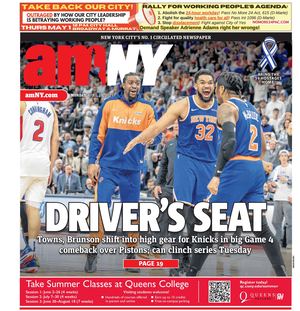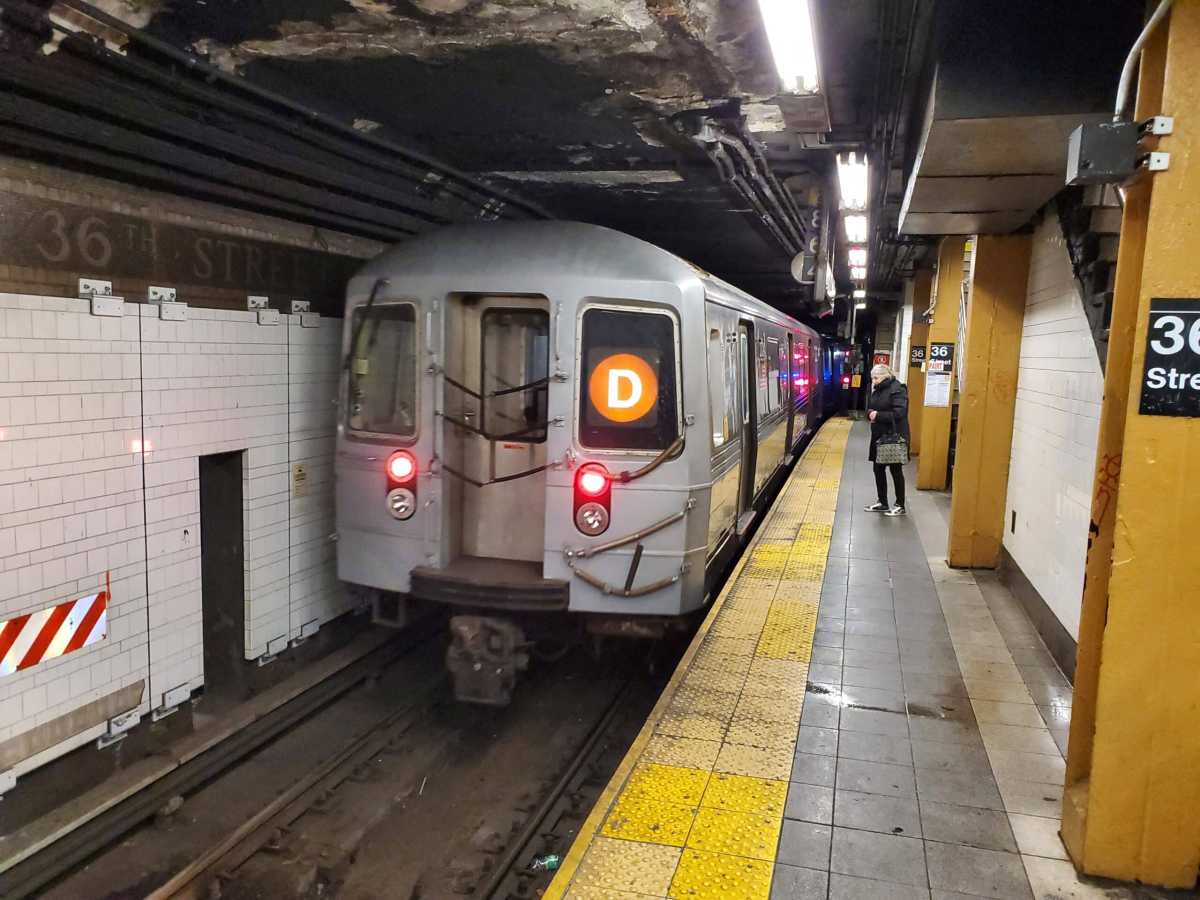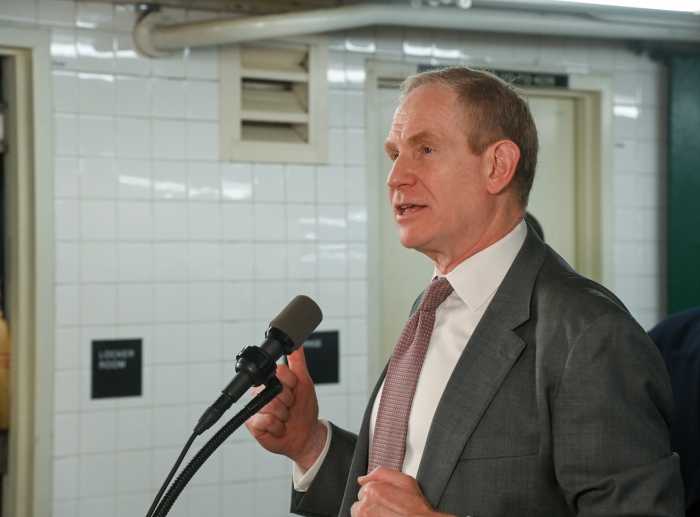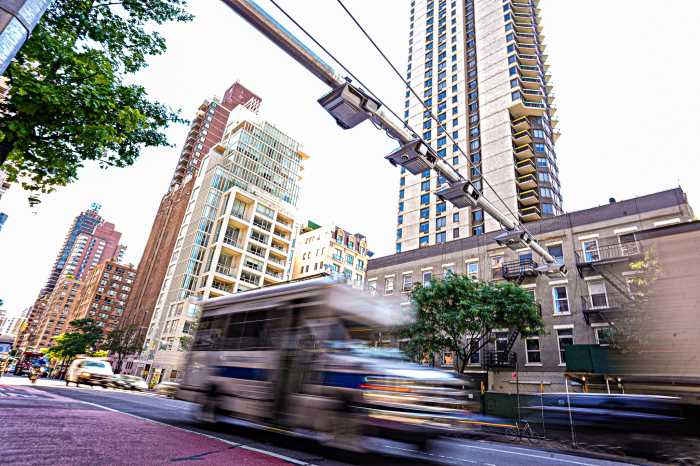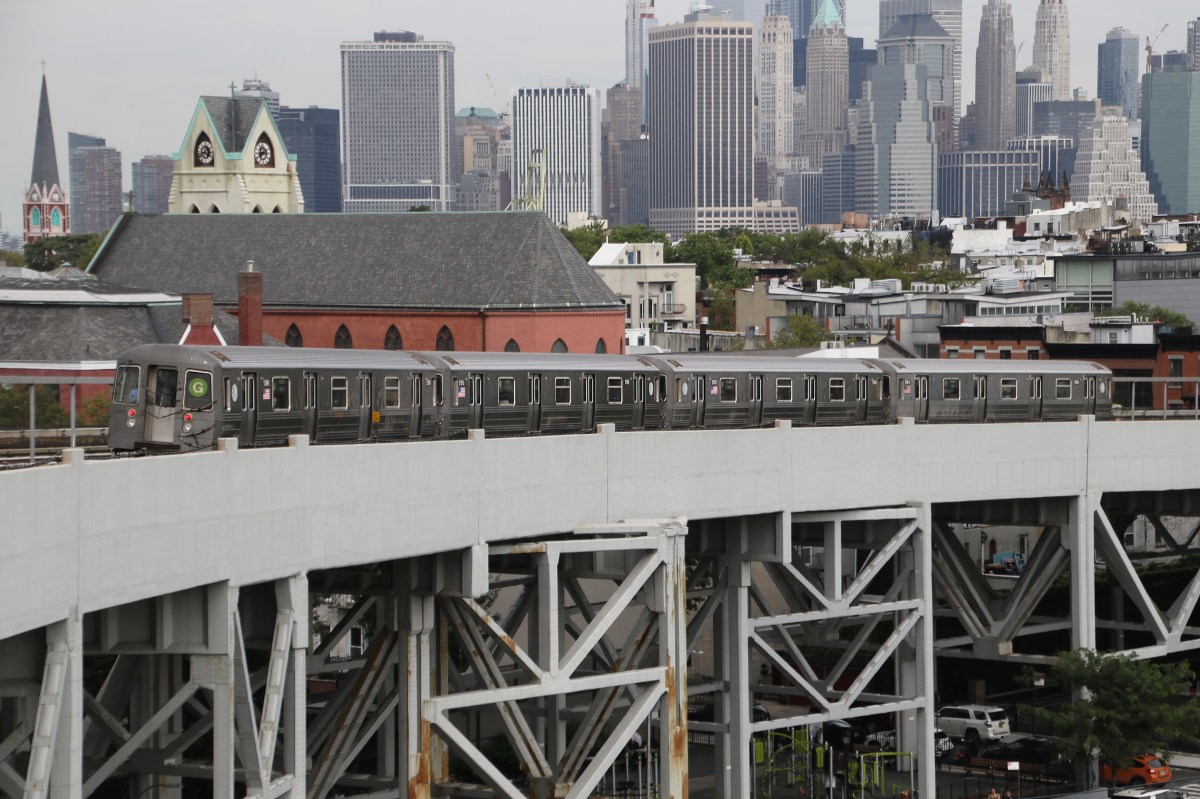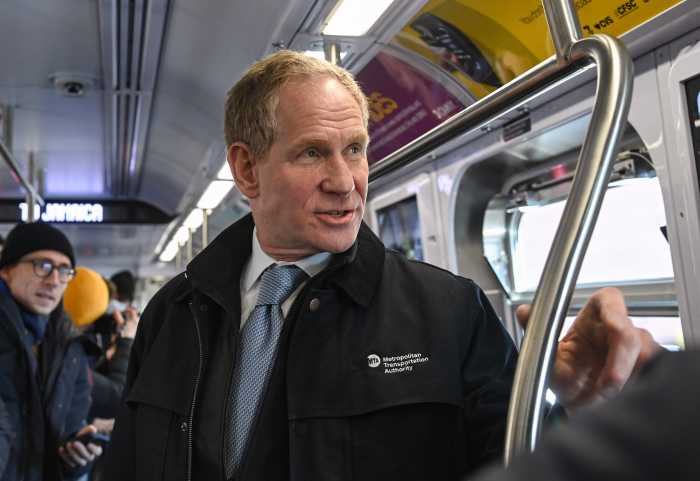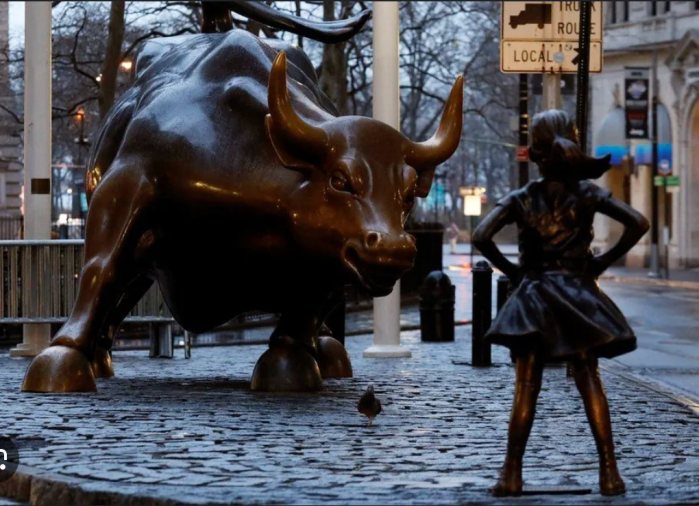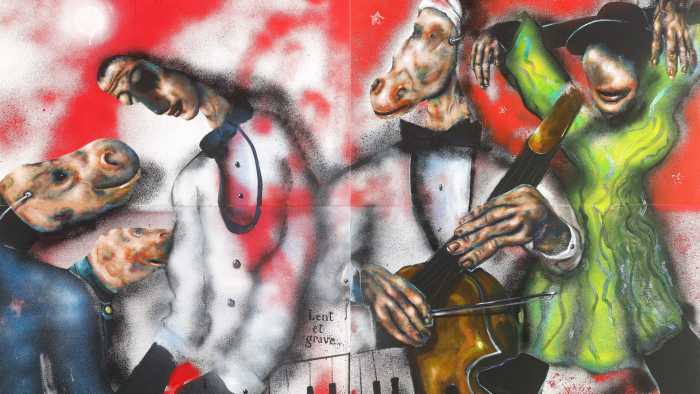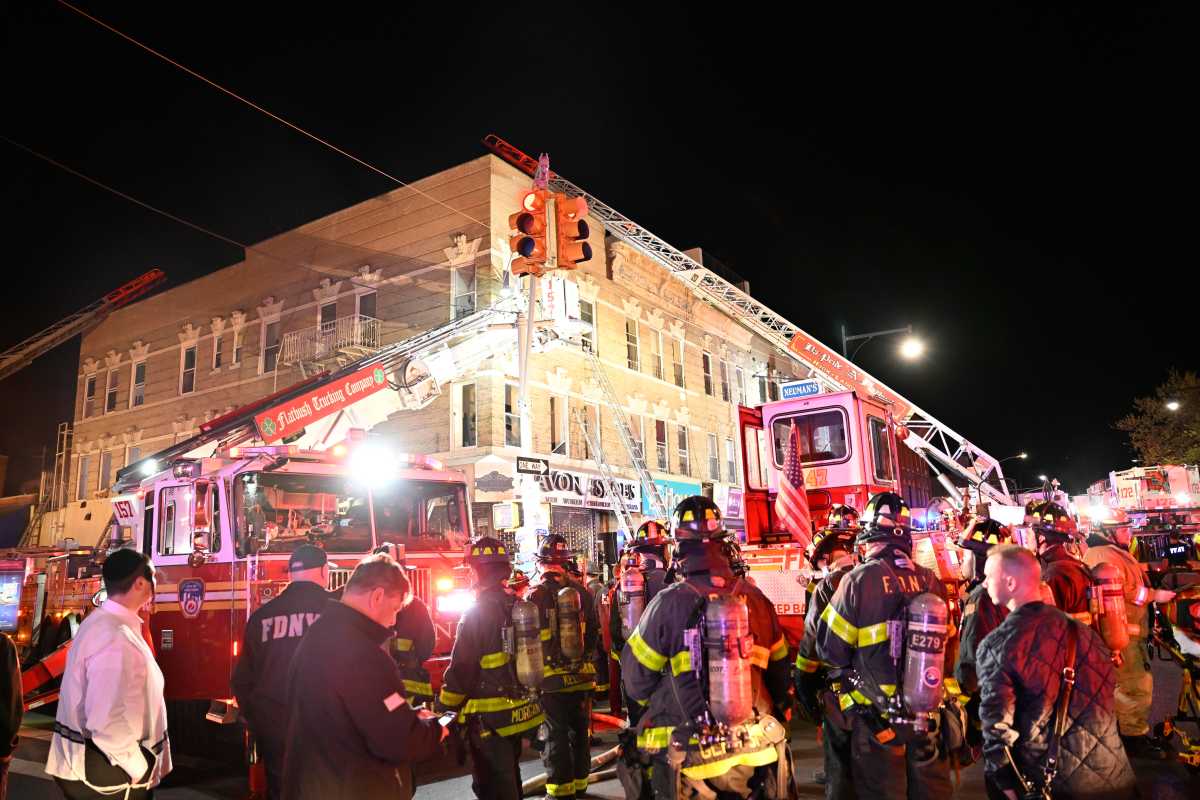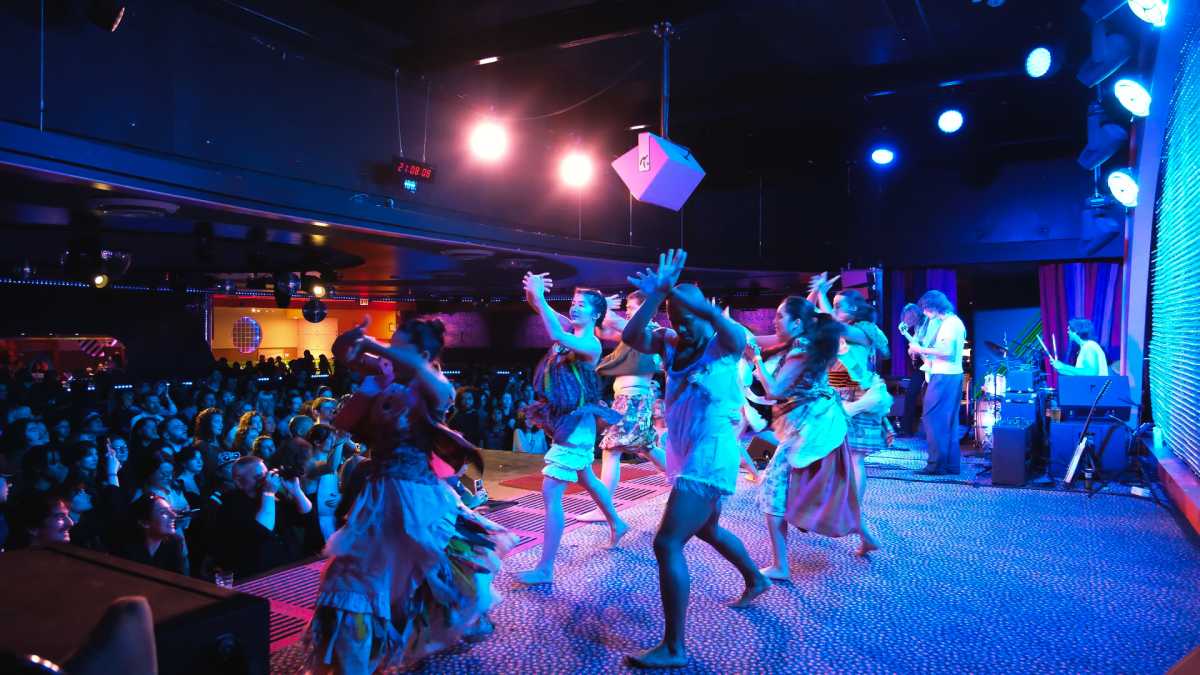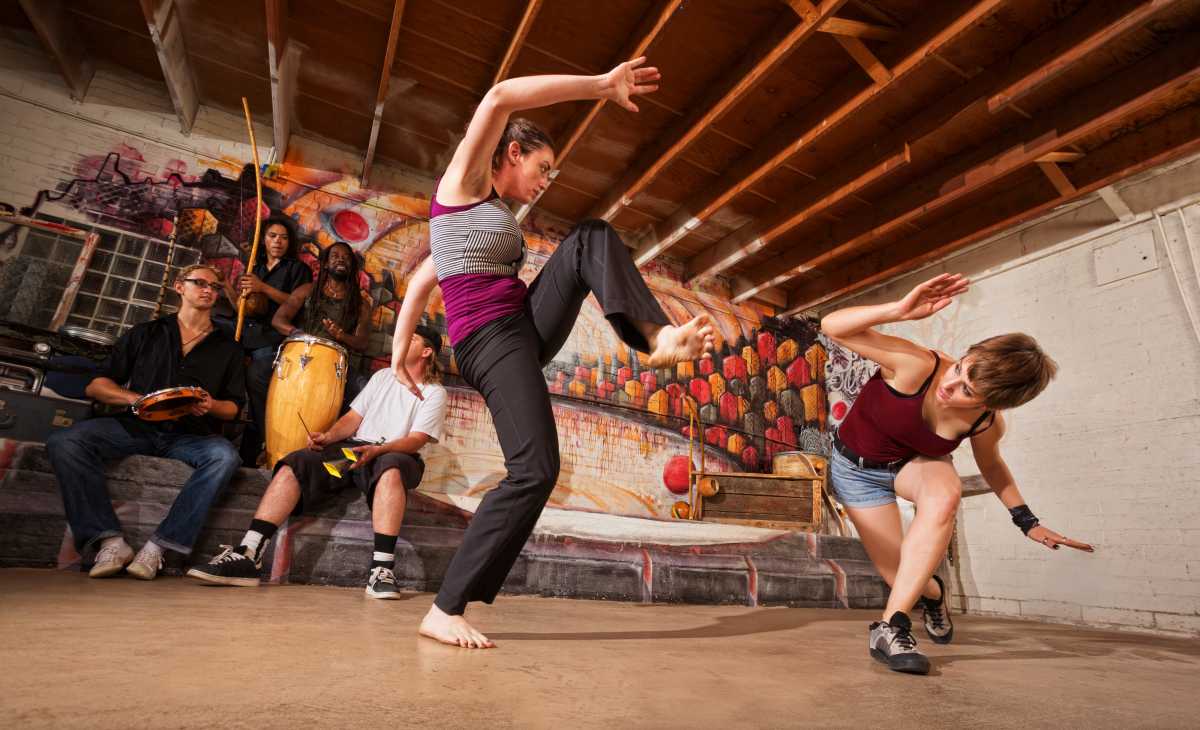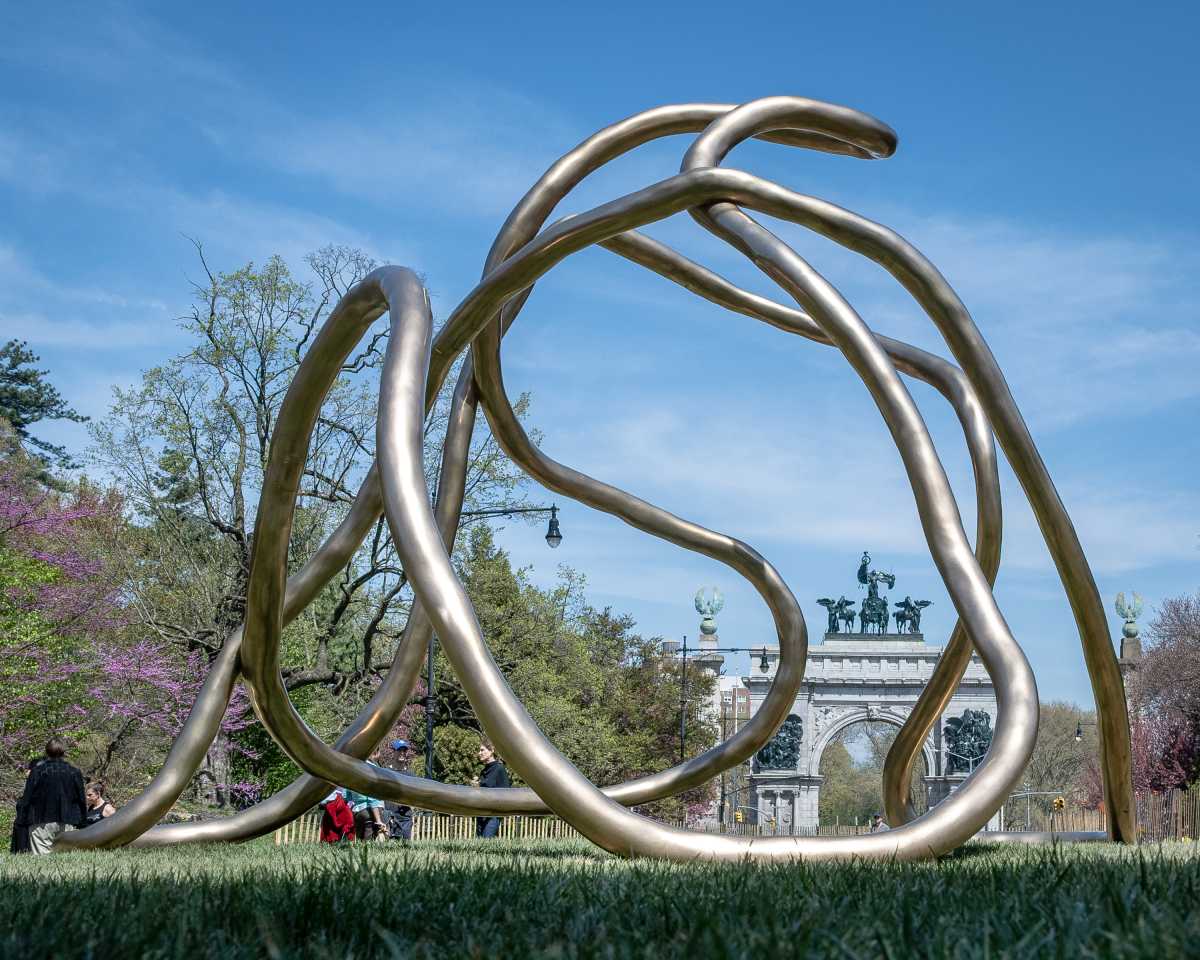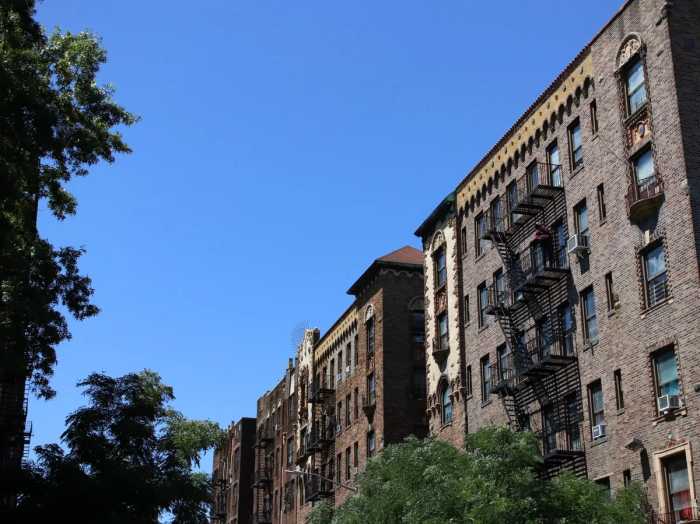Just in time for summer, the MTA is increasing service on six of its subway lines — including some that take riders directly to the beach.
The B, D, J, and M lines will see a combined 500 additional trips per week in the midday hours on weekdays, with average headways between trains set to drop from 10 to 8 minutes. Meanwhile, beginning July 6, the 3 and 5 lines will see enhanced service on weekends, with average headways reducing from 12 to 10 minutes.
Additionally, the MTA will increase the length of Rockaway Park Shuttle trains through Labor Day from 5 to 10 cars each, and on weekends from 9 a.m. to 9 p.m., the shuttle will run all the way across Jamaica Bay to Rockaway Boulevard — where both Far Rockaway and Ozone Park-bound A trains stop — instead of Broad Channel; the intention is to transport more beachgoers to the sandy shores at the times they’re most likely to go.
“These enhancements are going to be big,” said Demetrius Crichlow, the new interim president of New York City Transit, during a July 2 press conference at Coney Island’s Stillwell Avenue station, where the D train terminates along with the F, N, and Q lines. “This is going to expand service across the boroughs, for the outer boroughs, as well as for our Manhattan customers.”
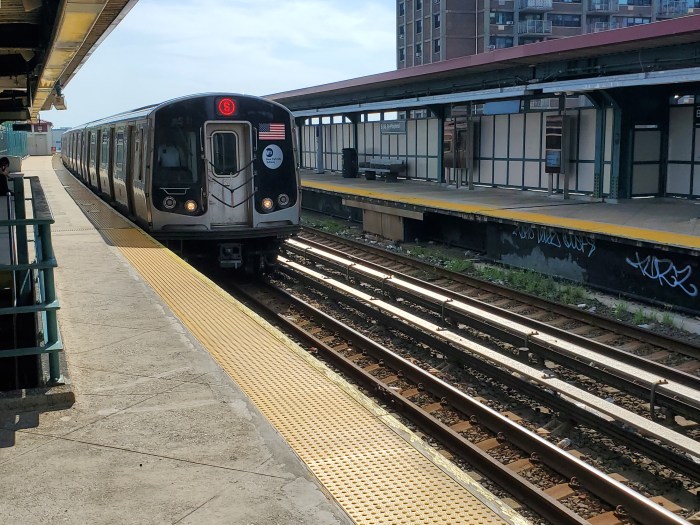
The service enhancements were funded with $35 million in last year’s financial rescue plan for the MTA’s $19 billion operating budget, which is used to run train and bus service and to pay employees. Since last year, the agency has also added more trains to the G, C, N, R, 1, and 6 lines.
Service increases have specifically been targeted to hours outside the weekday rush hours, like middays, nights, and weekends, as so-called “discretionary” travel in those periods — like a day at the beach — appears to be recovering faster than trips to Manhattan offices.
“People are coming back to the office, people are coming back to traditional commuting. But they’re especially using the MTA when they have somewhere they want to go, whether it’s to visit friends, or go out for the night, or get out to visit relatives, they’re choosing transit,” said MTA Chair and CEO Janno Lieber, who arrived at Coney Island on Tuesday donning shorts, sneakers, and a pair of swimming goggles. “That’s a great sign.”
Riders reacted positively to the news, especially for the beach-bound trains on the B, D, and Rockaway Park Shuttle.
“I think it’s a good idea to get people to come to the beach,” said John, an Upper East Sider visiting Coney Island who declined to give his last name. “It’s good for the MTA and it’s great for the economy here, people enjoy themselves here.”
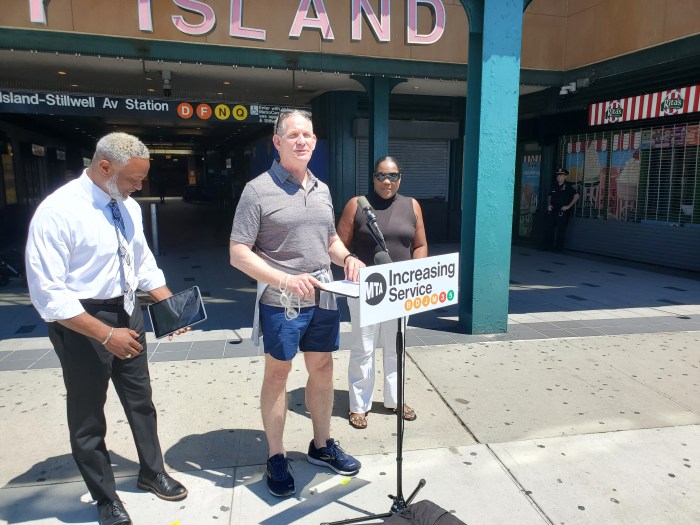
The service boosts won’t be impacted by the indefinite pause on congestion pricing, which was meant to fund the MTA’s capital budget — long-term expansion and maintenance needs — rather than day-to-day operations. The MTA has warned that the downstream effects of the pause could lead to operating cuts as higher bond interest rates increase the authority’s debt payments, but Lieber says the agency intends to find “efficiencies” where spending can be streamlined rather than cut service or lay off workers.
“We don’t look first to cut service when we are faced with operating budget issues. Broadly speaking, that’s our policy,” said Lieber. “We’re trying to get New Yorkers back in the habit of using transit in the post-COVID era, that’s our core mission. And we’ll be slow to cut things that speak directly to what we have to do to encourage New Yorkers to use transit.”
Operating cuts are expected to be detailed at the MTA Board’s next meeting later this month.
Read More: https://www.amny.com/nyc-transit/
